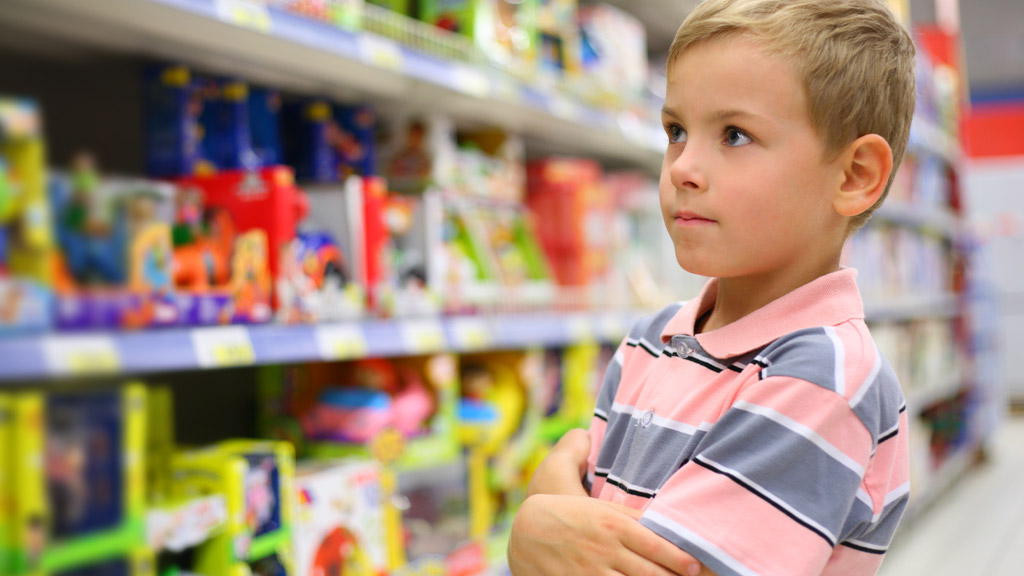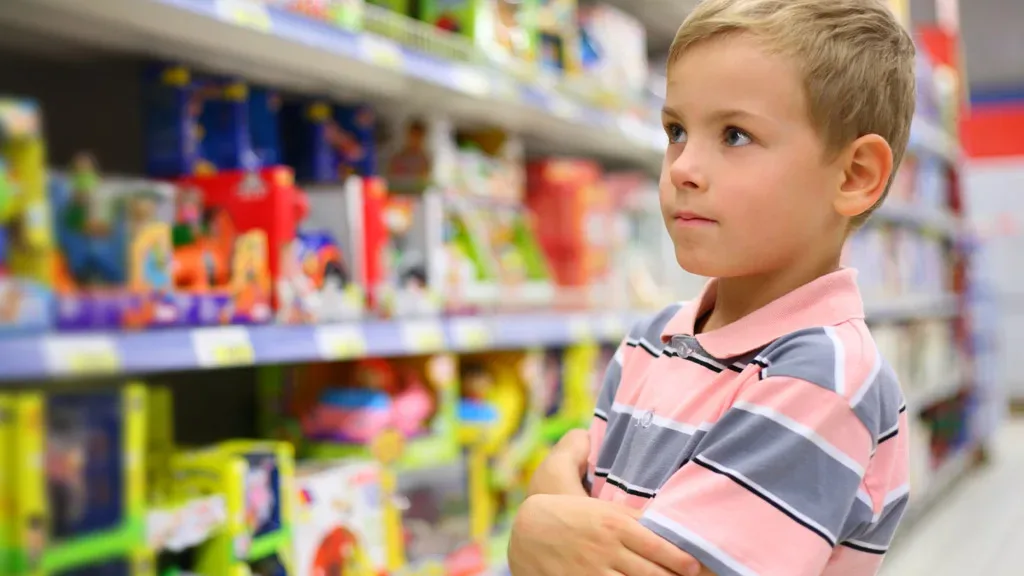
by STEPHANIE WISSINK, managing director, Jefferies
As I write, it’s been more than two years since the first identified case of COVID-19. It feels as though we can call COVID-19 an endemic versus a pandemic, given that it is our new living reality. Consumers and business leaders are operating under one singular certainty: uncertainty. That said, within uncertainty exists new opportunities, even if the clarity around those prospects feels hazy.
As industry analysts focused on connecting capital to ideas, we at Jefferies are optimistic about future opportunities. As a result of the dynamic nature of the near-term backdrop, toy companies should pay attention to the following trends and topics we’re monitoring this year that could shape the industry during the next 3-5 years.
WHAT’S TRENDING
We are seeing a continuing renaissance of classic play. Whether communal, in categories such as games and puzzles; or independent, open-ended play in construction, playsets, and arts and crafts; classic play garnered attention and affection during the pandemic in the past two years. We expect lasting effects and look forward to ongoing storytelling and innovation in classic play in the years ahead. We’re especially intrigued by the connection between classic play for all ages and 21st-century skills that employers are increasingly citing as necessary to be competitive in a tight labor market, such as imagination and creativity, problem solving, complex versus linear thinking, and emotional intelligence.
Generations Z and Alpha (today’s teens, tweens, and kids) are also more culturally aware than prior generations at their ages. Their families, communities, and classrooms are diverse, and their thinking is equally as informed. The East is inspiring the West in the areas of fashion, skincare, entertainment, and even foods (like bubble tea!), while minimalism and second-hand products are favored to excess consumption. They prefer experiences to product. TikTok is their chosen social media platform. These are the changemakers who are entering the age of influence, calling on all of us to do better. Pay attention to them.
Generations Z and Alpha are both today’s toy enthusiasts and tomorrow’s sustainability-seeking investors. Toymakers and brands can be early conduits for educating and embracing the circular and sharing economy, donating and diverting from landfills, and building new pathways toward resale. The capital markets are starting to transform under a similar arc of responsibility logic, with new standards around environmental, social, and governance (ESG) factors and corporate social responsibility (CSR), creating a real movement.
THE ECONOMY OF PLAY
Turning to economic trends within the toy industry, the past two years have generally favored larger companies, brands, and retailers at the expense of the small, independent industry participants. Supply chain disruptions, increasing labor costs, rising digital marketing rates, and staffing disruptions from COVID-19 were just some of the factors detrimental to small business growth.
Meanwhile, larger companies with large profit pools and access to low-cost capital were able to digest these impacts more easily. For the industry to once again offer the breadth of choices and experiences that consumers deserve, smaller companies need our support. Marketplace platforms, stronger digital marketing strategies, and social media modules are part of the solution, but they also need industry support, incubator capital, and gateways to enter the market and grow.
Last year also brought a commerce boomerang: Surprise — U.S. consumers do like to shop in stores! 2020 challenged all convention around shopping domains and quickly set new standards for digital fluency with e-commerce at more than 50% of consumer product sales in select categories. Yet, as soon as vaccines started getting pushed into arms, feet started walking back into stores. This is the good news. The bad news? Those store experiences still need some work, and we anticipate a multiyear cycle of investment into stores as both zones of consumption and local e-commerce fulfillment hubs. Toymakers and retailers are in a unique position to exploit the wonderland effect of the toy department: storytelling at shelf, crafting unique partnerships, rethinking packaging as part of the experience, and making shopping for toys just as fun as playing with them.
“Consumers and business leaders are operating under one singular certainty: uncertainty. That said, within uncertainty exists new opportunities, even if the clarity around those prospects feels hazy.”
FANDOM 3.0: SAY HELLO TO THE METAVERSE
Where my peeps at? With fan conventions, hobby shops, and other gathering spots closed or under tight capacity restrictions, fans had to find new ways to connect with each other and their favorite brands these past two years. Digital forums provided a quick solution and Wall Street became a new, unified target. “Meme” stocks were a hip headline and gave power to the collective of individual investors. The rocket ship emoji had never been used more frequently. The future of fandom is increasingly digital and co-created, and we look to toys, games, and entertainment brands to take bold steps forward this year and beyond in exploring new ways to connect fan communities.
We’re keeping a close eye on physical collectibles brands that are making the leap into digital opportunities, testing new accessibility and downstream value possibilities in real time. It’s still a bit of the Wild West in the digital collectibles sphere, but efficient and scalable models are starting to form. Community is core to fandom, and many of the most successful digital spaces are rooted in inclusiveness and co-creation. Never underestimate the power of fans coming together to battle for a unified cause, whether that’s a battle royale in a video game or sending a stock up more than 1,000% in a year.
While the metaverse was initially believed to be a completely alternative and parallel world for digital existence, recent thinking incorporates greater transferability across physical and digital domains. Toymakers and partnerships will need to redefine their commercial approach, integrating digital universes into legacy, physically defined contracts. Nonfungible tokens (NFTs) are only one element of this new world order but are the most obvious way to extend brand value into this new frontier so far. The temptation is to simply digitize physical items, but the bigger opportunity is to stretch the continuum of possibility, with some experiences potentially beginning in the metaverse and spilling into the physical world. The invitation is to rethink play altogether — when, where, and how it happens. The next few years will shape how “mass market” the metaverse can become and how quickly. If Fortnite, Minecraft, and Roblox are any indication, the metaverse is going to be “mass”-ive.

CONTINUING EFFECTS OF THE PANDEMIC
Finally, it’s important to focus on mental health right now. Kids and families are enduring levels of stress not witnessed in modern times as they experience a global health crisis, environmental destruction and life-threatening weather events, racial tensions, extreme political bifurcation, and the collapse of many trusted institutions. Mental health is moving from taboo to today’s topic of action, gaining justified visibility as major celebrities and influencers share their stories on the global stage. Did you know the average wait time to be assigned a psychologist/therapist nears 12-14 weeks and most costs are out-of-pocket? Bravo to youth-focused brands who push for reform, give voice to feelings, destigmatize mental health, and foster belonging and self-worth. Looking to engage in a solution? Start in schools. Mental health professionals in elementary, middle, and high schools have long been under-resourced. As an industry that sparks and seeks joy, the need couldn’t be greater for companies to step in and fill a real purpose-driven gap.
In what has felt like a two-year period of great loss and monumental change, we take comfort in the resiliency of humanity and the toy industry. There are ongoing risks, but there are also tangible opportunities to grow, thrive, and give back. We take cues from the next generations of consumers, seeing their influence grow by the day, and admiring their persistence to change the world around them for the better. The capital markets are open for business and together with all of you, finding and funding new ideas that fit a new set of responsibility standards continues to be our commitment to fostering future growth for the toy industry. Partnership is a powerful force that we’re willing to fully underwrite. 🚀
This article was originally published in the February 2022 edition of the Toy Book. Click here to read the full issue!


